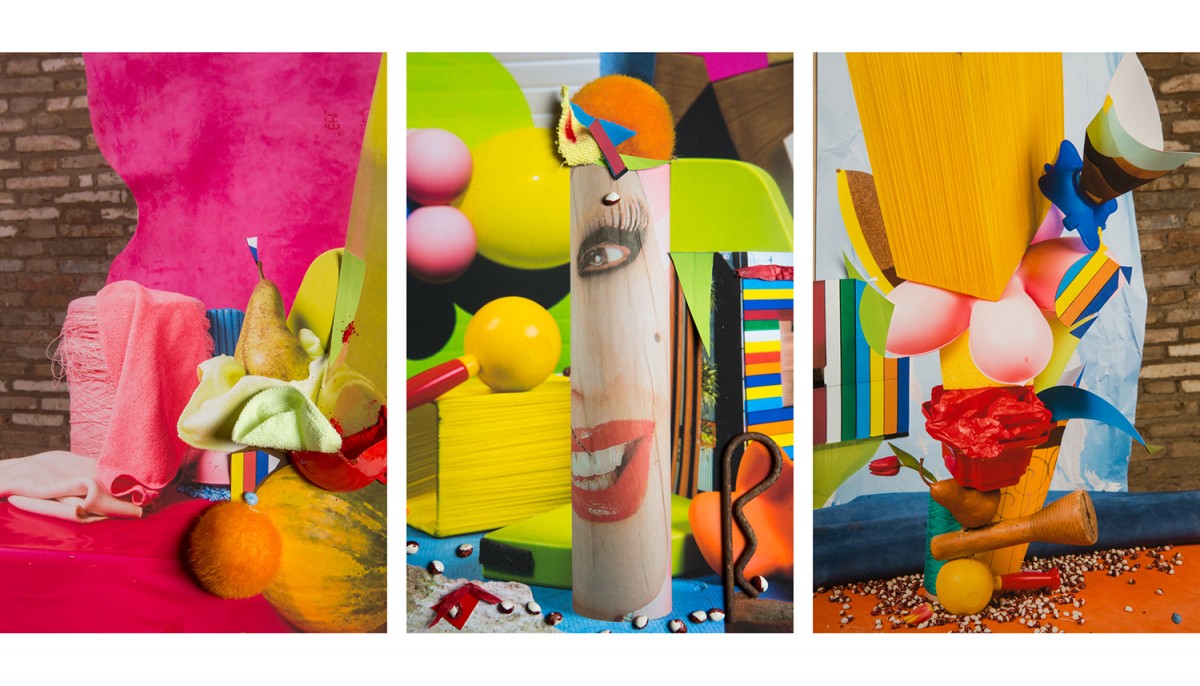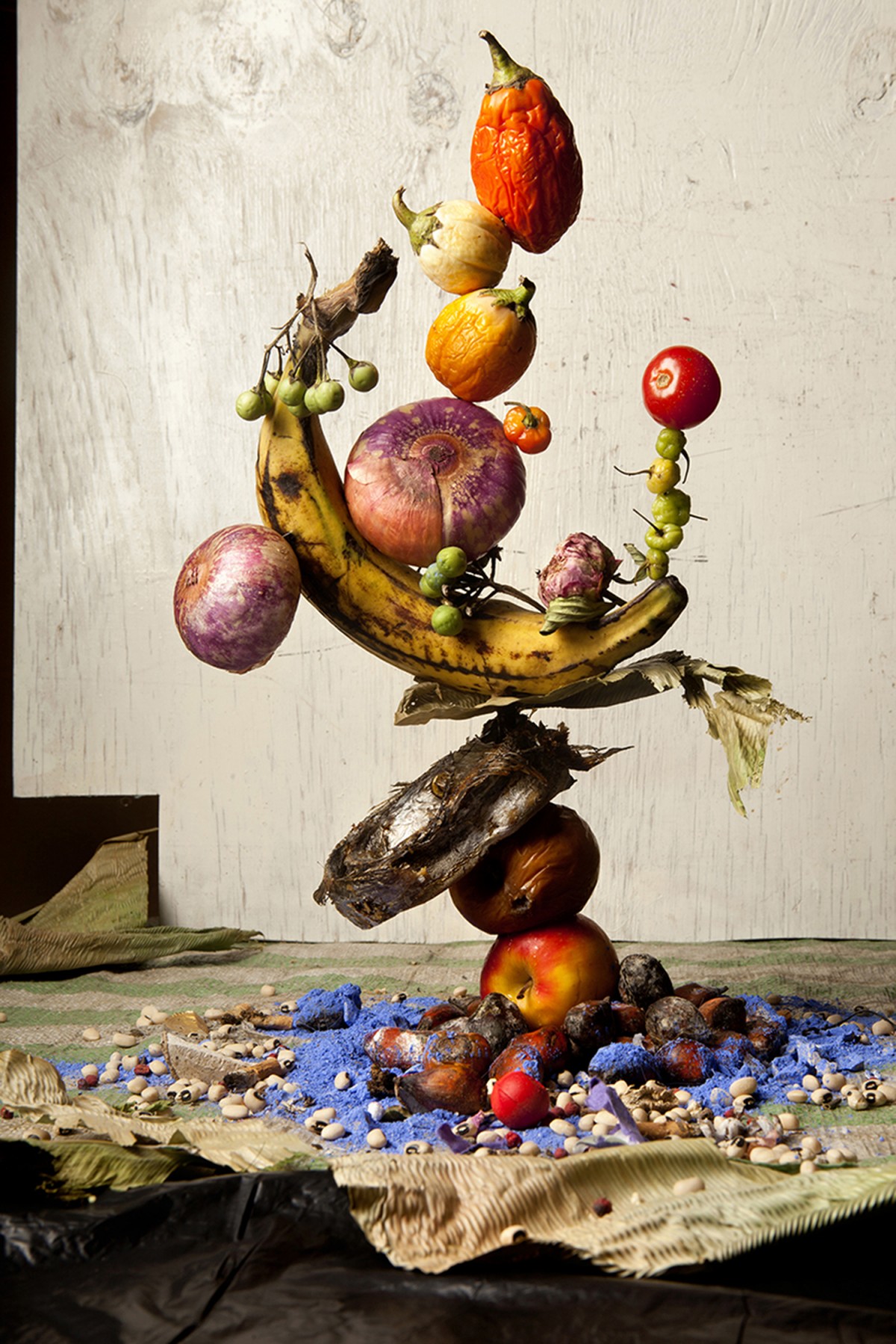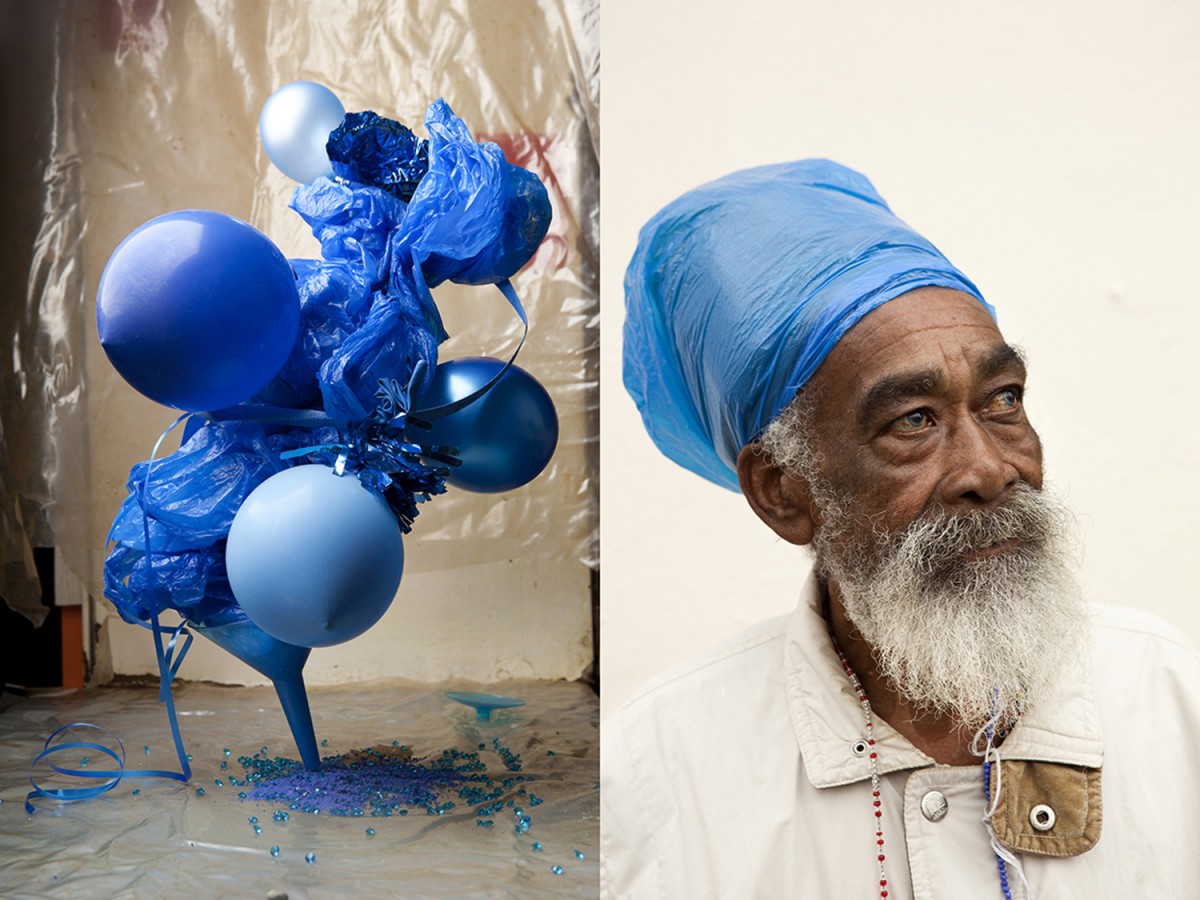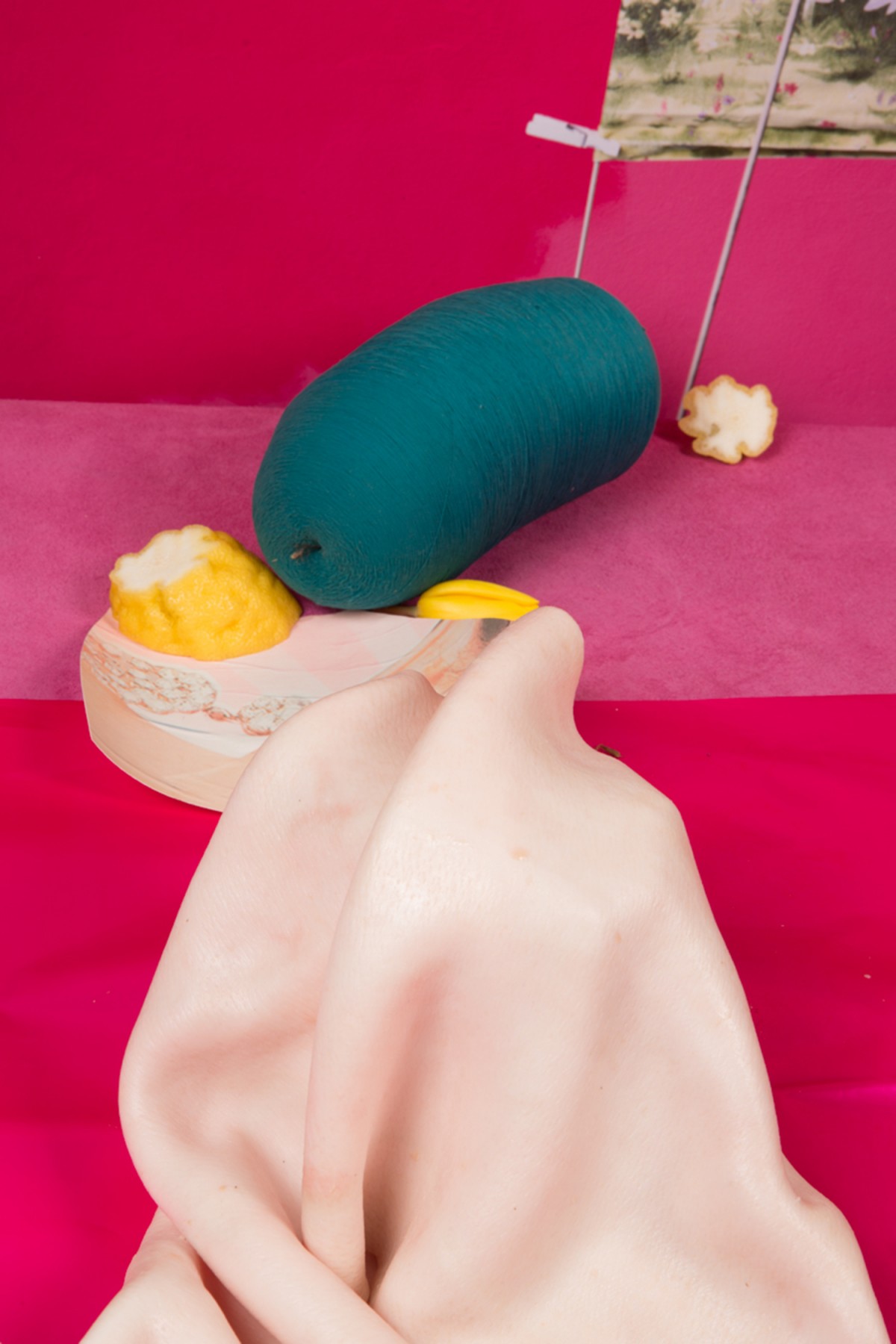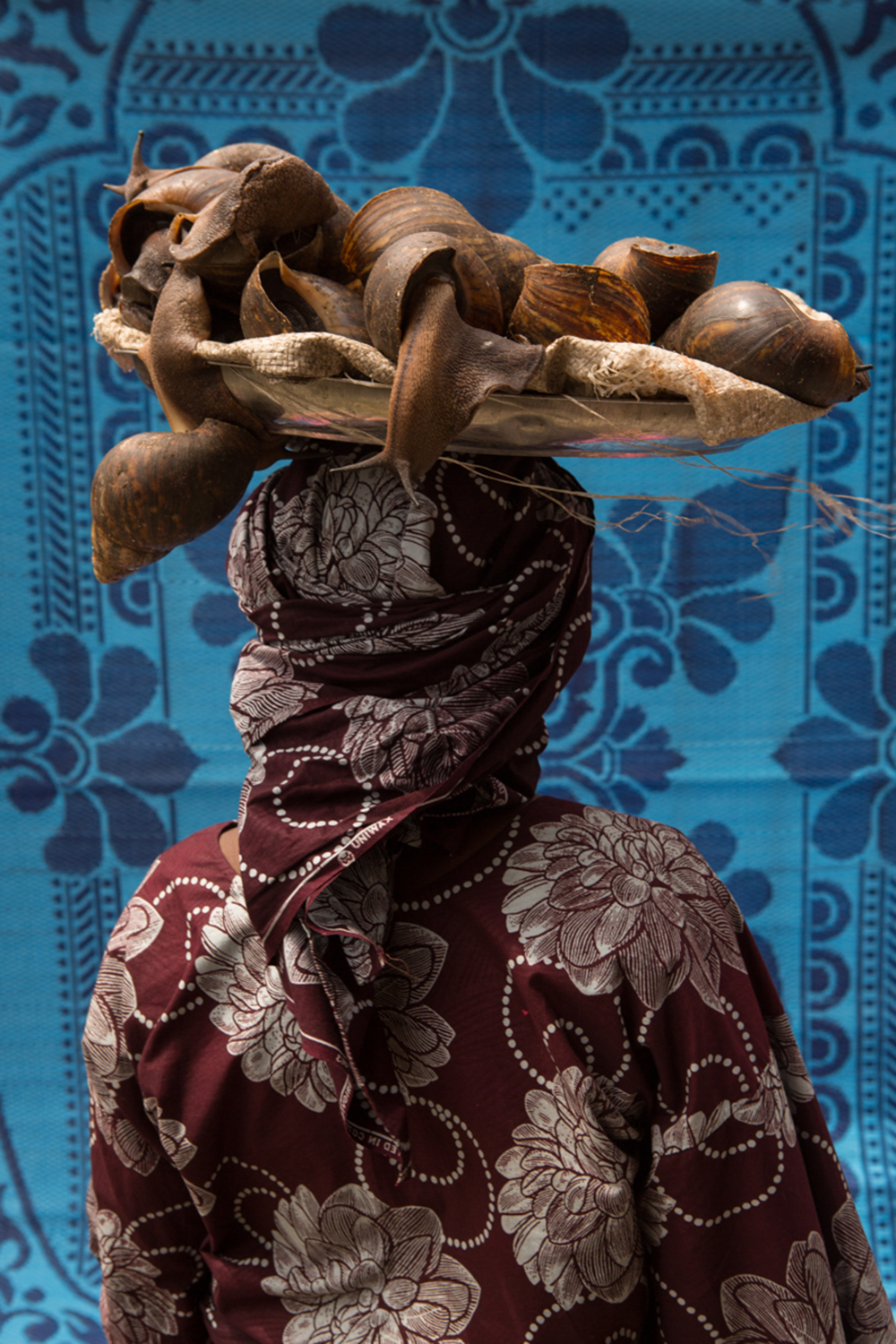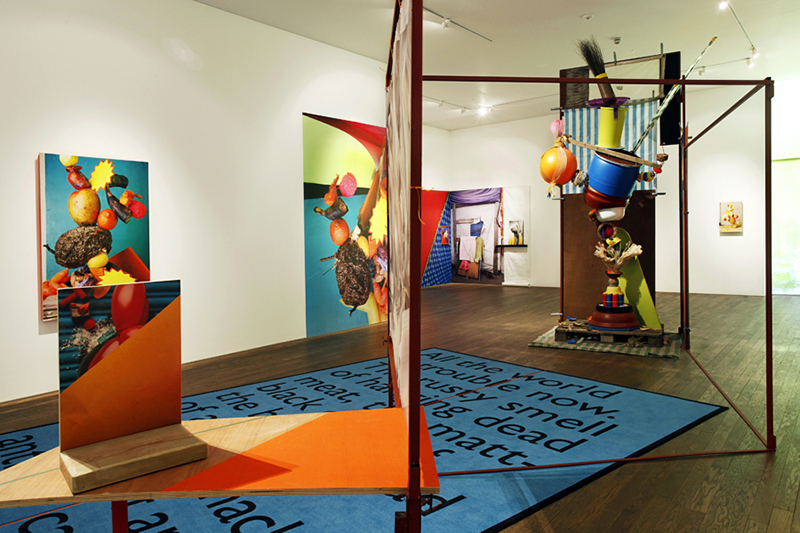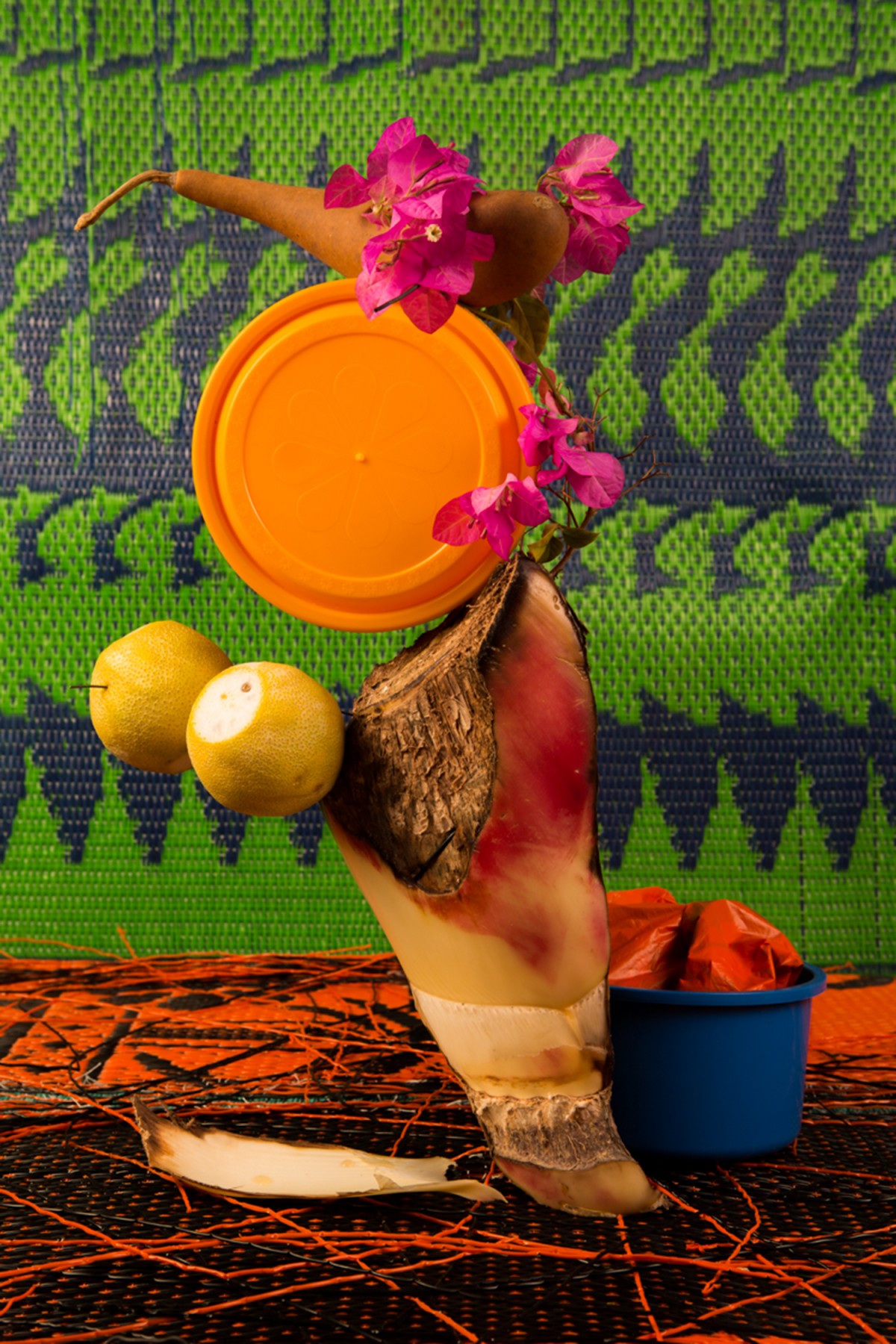We spoke to photographer and sculptor, Lorenzo Vitturi, about the role of gentrification and urban transformation in his work and how he explores these themes.
Photoworks (PW): Hi Lorenzo, thanks for making the time to catch up with us while you’re working in Milan. I’d like to start by asking you about Dalston Anatomy and working with Ridley Road Market. Can you talk to us about gentrification and the transformation that’s happening? What was it that interested you in the market?
Lorenzo Vitturi (LV): I started Dalston Anatomy in 2011. I’d been living in Dalston since I arrived there in 2007 and from the beginning, I was really interested in the area. I’d seen that the market itself became the center of those in the heart of the community.
I started to discover the market and it was particularly attractive because it’s a real mix of a diverse range of cultures from West African to Turkish, British and Chinese.
At first, I was interested in experimenting with the materials I found close to the market and my studio, which actually wasn’t even three minutes away from that market. Then after a period of experimentation, I realised the area was changing very quickly due to this harsh gentrification process.
I started to see the potential project because actually, the transformation was taking place in front of my studio, so I thought let’s put this project together.

In the beginning, I was only shooting still lives in my studio, but then I decided to take portraits of the most interesting characters I met in the street. I also took landscapes of the market itself because it’s visually, a really interesting place; its got a really strong identity, the study you see in Dalston Anatomy is the study I found on the street.
Every shop has its own colour and it’s like an icon, in a non-chromatic alphabet. It became really interesting and I started to work, daily, for two years making Dalston Anatomy. From the beginning, the idea was to make a book and that’s how everything started. The book was the ideal tool to bring together the different materials I was producing.
The market became a symbol of this multiculturalism, but at the same time, the transformation of the area. The idea was to represent something that could disappear in the next five or ten years and the precariousness that the community faces every day. The products become a celebration of this diversity. This is the main idea behind the still lives in the sculptural part of the work, which is the strongest and most important aspect.
PW: Were you able to speak to local people about the changes to their neighbourhood?
LV: At the beginning it took me time to gain their trust. It was actually quite difficult because before I finished Dalston Anatomy, the market had become a spot for photographers and video makers to take pictures because visually it is very interesting.

Before I started, a newspaper reported a terrible article about the poor hygienic conditions of the market and this became quite a big scoop, especially in the London area. The journalist did a really superficial report about these people eating rat meat, which probably was lost in translation because they don’t eat rat meat, just something that looks like a rat but is an African delicacy. People were quite aggressive because of it and didn’t want anything to do with journalists or photographers.
With all these stories around, as soon as I started photographing, the locals didn’t want to have any pictures taken. But after three or four months, I started to show them what I was doing and what my ideas were and I gained their trust and could work easily as I became known amongst them.
I spent so much time there and even exchanged pictures with them afterwards, so I was able to have a dialogue with them.

Later on, when presenting Dalston Anatomy, it was suggested I show it in a gallery, but I decided to present the work in the market itself. I printed these big posters with the support of Arts Council England, and hung them in the street. I also made a portable installation using one of the stalls, where I printed and built objects with the images. For one month during the installation, I lived on market time, very early in the morning from 07:00 until 17:00 I was there. As I was showing the outcome of my work, I really wanted to see the reaction of the community.
PW: That’s a really interesting point. I’m interested in the relationship between photography and sculpture in your work and in how you bought materials and objects from the market and re-presented them in your studio. Can you tell us more about changing the contexts for those objects?
LV: For me, this continuous dialogue between photography and sculpture is one of the most crucial parts of my process and always has been from the beginning. I use photography like a tool, not only to document what’s in front of the camera, but also as continuous data.
When I build something like a sculpture, photography is a really essential tool
Photography becomes part of the construction process. It helps me decide on a point of view and how to create this relationship between the object I’m building and the camera. All the sculptures are made to be photographed and this relationship becomes interesting; how the shape is transformed by the point of view.

This influence comes from my background in set-design, where you build something to be photographed in a certain way, or viewed from a camera, which I’m really interested in. It’s a crucial part of my process and I always use organic material, things I actually find on the street.
Everything, all the ideas, come from the streets. Then you have the second part of the process, in my studio. So you always have these two dimensions: the studio and the street. The idea is to transform these objects and take them out of their daily context, sometimes using colour, or artificial light, to create an abstract shape.
PW: I can see how that goes back to your interest in urban transformation, how you bring that into the studio in terms of changing or altering the context or the nature of objects.
Alongside the work you shared during your Photoworks Instagram Takeover Instagram, you commented on the market vendor being a type of a mobile shop or acting as a unit of currency. How does that work? How does a sense of empowerment come into that equation?
LV: What I found in Lagos was actually the opposite of what I found in Dalston, which was why I was so interested in working there. It’s a sort of gentrification process in reverse because the market is taking over the space and financial house.
I focused on the sales in the market, carried out by vendors using themselves as a shop. I found a connection between this study and what I did in Dalston. What captivated me in Lagos was finding human beings mixed with the objects, so it’s became more photographic.

PW: Your work often contains textile designs whether that’s in Dalston Anatomy or Lagos and it’s interesting how that fabric has traveled around the world. I was wondering about that assimilation of cultures and how communities come together and take on each other’s identity. Why are textiles and those colours and patterns important in your work?
I think the material becomes the main subject of all my works. With the materials and subjects for the show I’m presenting here in Milan, I moved from the Dalston market, just a few hundred metres away and started to work in a junkyard in 2012. After four years, the junkyard became multi-storey luxury apartments. I used the materials I’d been collecting from the dump, alongside the new materials to represent the transformation, meaning the human being disappears.

The main form of my ideas is to represent the transformation, in this case of an urban space, through the textures, materials, shapes and colours. Within my process, I’m really obsessed with them and I feel every fabric can tell you something about a specific culture or a specific group of people.
In Dalston Anatomy, it’s even clearer because this country is such a mix of produce coming from completely different countries and that’s what makes it beautiful. The strongest part of Dalston, and London itself, has always been this mix of completely different cultures. The identities are a combination of different objects and people coming from completely different parts of the world. If you focus on the materials and stories behind them, you can create an outlook that gives you the essence of this diverse planet, which is, in this case, Dalston.

PW: Lastly, are you able to tell us what you’re working on now and what’s coming up next for you?
I’m working on the Lagos project, which is still not complete, so I’m going back there in June to finish it. I’m going to have a preview of the work that I’m going to present in Brussels at the Bozar Museum, also at the end of June.

I’m also going to be taking part in a photography festival in Reggio Emilia, called Fotografia Europea. For that, I’m selecting the project I’m preparing, for a commission they asked me to produce, which I’ll present in May 2016.
For more on Lorenzo’s work, click here.
For other Ideas Series articles, click here.
[/ms-protect-content]
